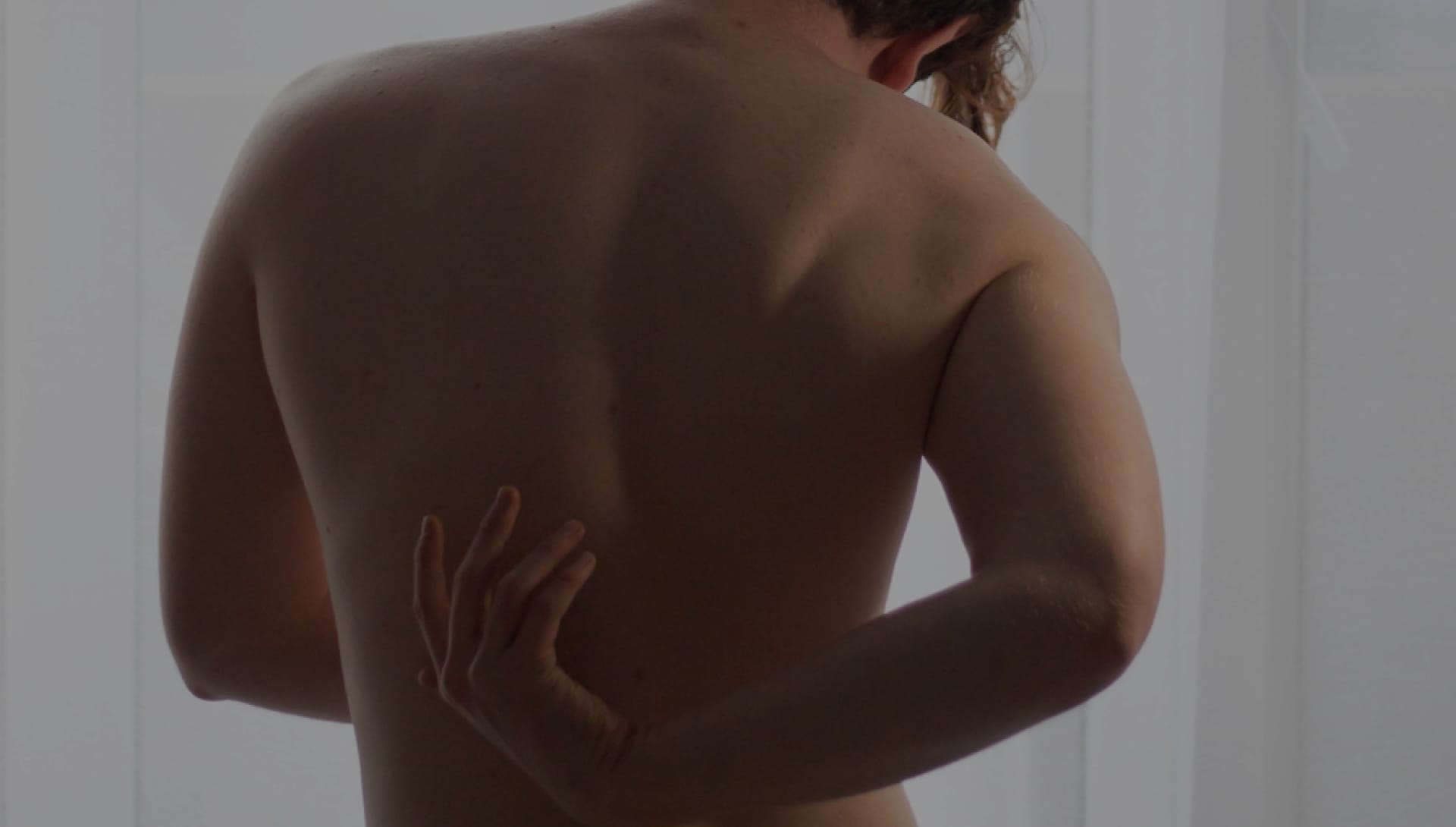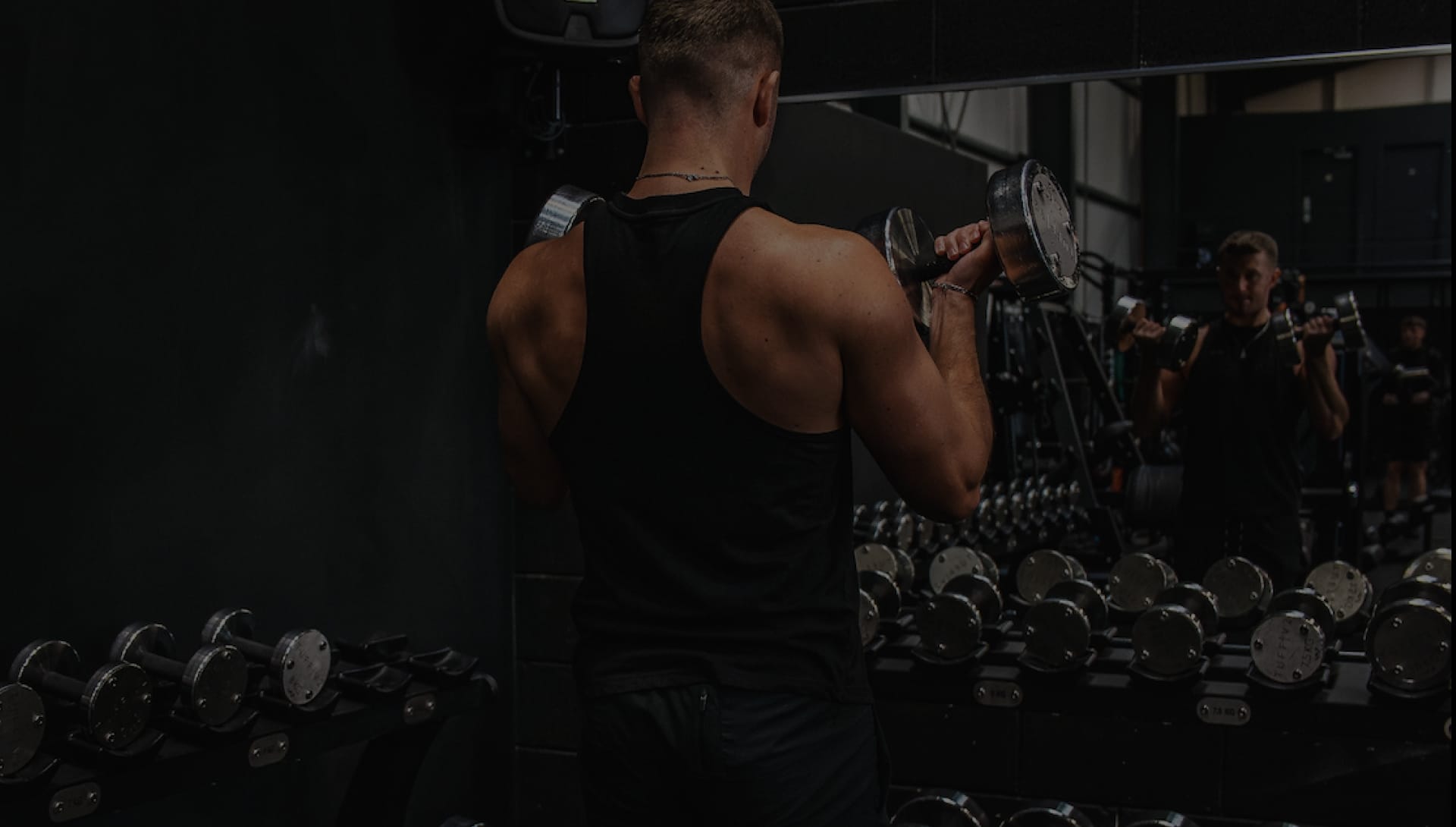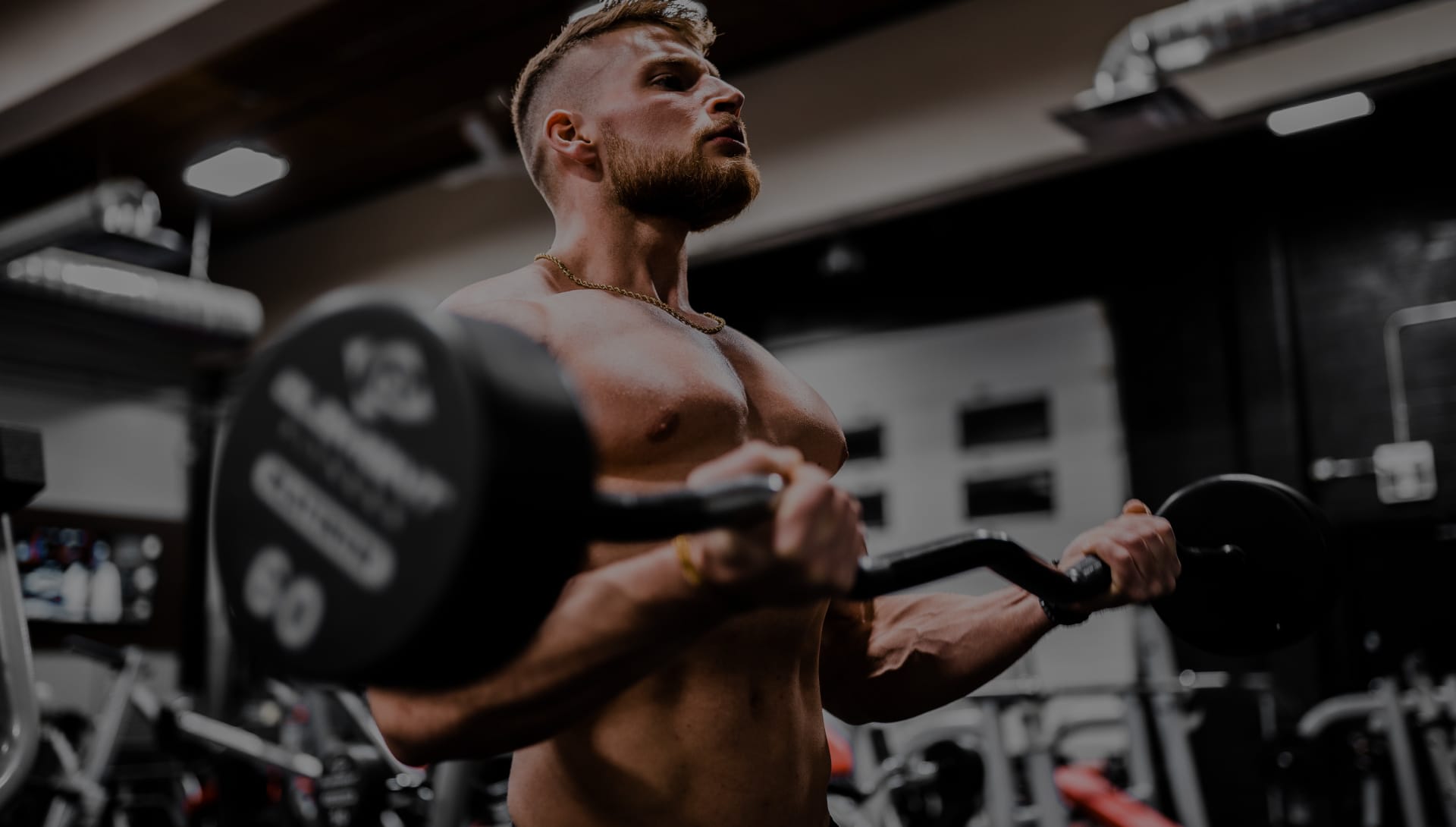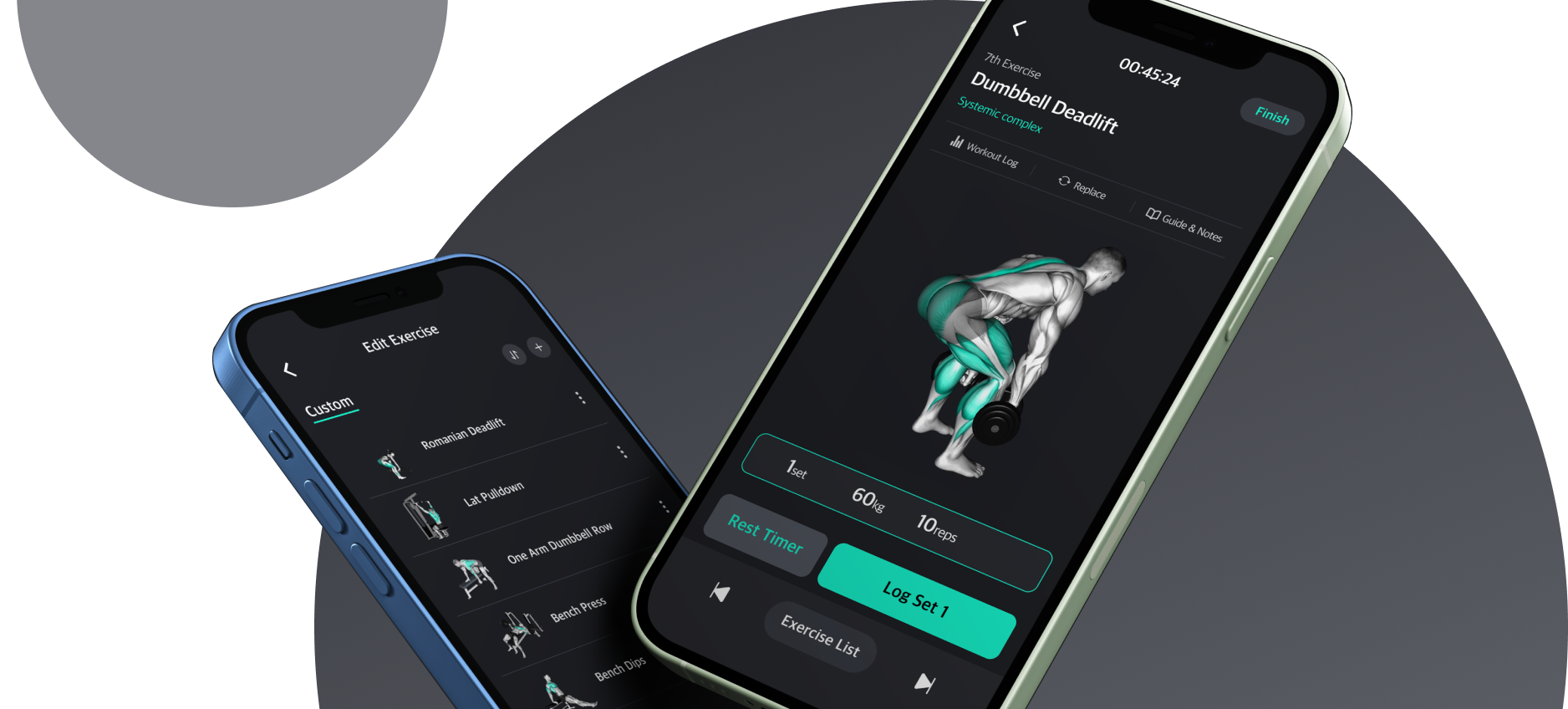Why Do You Experience Back Pain After Deadlifts?

Find Your Deadlift Style : Sumo vs Conventional Deadlift
Have you ever wondered why your back hurts after deadlifting? Or why deadlifting seems so challenging for you? If these questions have been on your mind, this article is here to offer some clarity. Especially if you're a beginner, it's crucial to understand that there's a deadlift style that's just right for you.
Let's delve into the world of Sumo and Conventional Deadlifts to discover which one suits you best.
The Two Styles of Deadlifts : Sumo vs Conventional Deadlift
Sumo Deadlift
Lower body, hip-up
This style involves a wider stance, resembling a sumo wrestler's position. It generally allows for a more upright torso and less stress on the lower back.
How to Sumo Deadlift
Conventional Deadlift
Whole body
The more traditional form, featuring a narrower stance. This style engages more of the posterior chain muscles, including the hamstrings and lower back.
How to Conventional Deadlift
Which Style Deadlift Suits You Best (For Beginners)
Sumo vs Conventional deadlift
- Based on Body Weight Class
Lighter individuals may prefer the sumo style, while heavier lifters often opt for conventional deadlifts. - Sumo deadlift Form
For those who have longer torsos may lead to increased weight lifting capabilities. - Conventional deadlift Form
For Those who have shorter torsos may enhance lifting performance.
Easy Way to Check Your Torso Length

While standards vary in different studies, there's a simple way to assess your torso length.
1.Stand straight with your arms by your side.
2.If your elbow joint is above your navel, you likely have a shorter torso.
3.If it's in line with your navel, your torso is relatively longer.
Conclusion

In summary, whether you opt for Sumo or Conventional deadlifts, it often boils down to your unique physical build and personal preference. Typically, lifters with shorter upper bodies and longer arms find themselves more comfortable with the Conventional style, while those with longer torsos tend to gravitate towards the Sumo style. This seems to be a natural fit based on body mechanics.
For advanced lifters, the decision can be based on comfort and a focus on injury prevention, leveraging the distinct advantages each style offers. However, for a holistic approach, experimenting with both stances and grips is highly recommended. Ultimately, the best approach is to try both styles and learn from experience, leading to a stronger and more proficient lifting profile.



